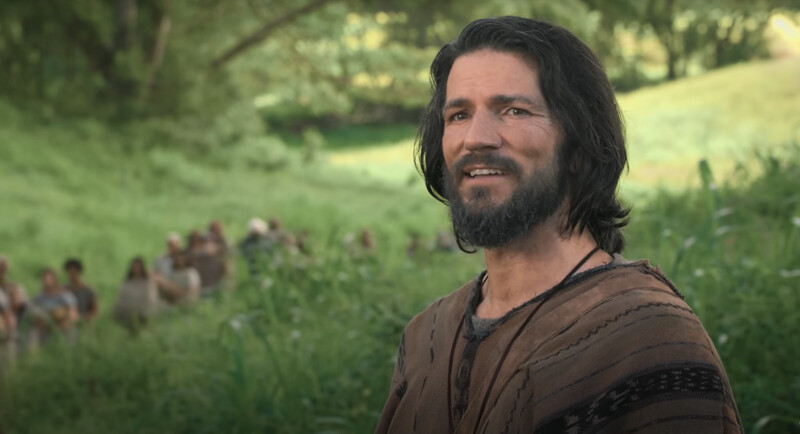I remember being surprised when I learned that the current chapter breaks in the Book of Mormon are different than they were in the 1830 edition.
During the translation process, Joseph Smith apparently saw something that caused him to say “chapter” marking a chapter break in the original Book of Mormon text.
Many of these chapters were quite lengthy, and in 1879, Elder Orson Pratt of the Quorum of the Twelve, under the direction of the First Presidency, changed the structure of the text by creating shorter chapters—the same chapters that we have today (he also created the versification that we use; before this there were no verse numbers in the Book of Mormon).
While I love our current chapter structure, we can find new insights when we read the Book of Mormon using the original chapter breaks. This can help us find big-picture messages that we might otherwise miss.
The ‘Great Question‘ from The Book of Alma
For example, what we have today as Alma 30–35 was originally one chapter. Because I am used to the additional chapter breaks, I’ve tended to think about these stories as discrete events: “Chapter 30 = Korihor’s story, Chapter 31 = the Zoramites and the Rameumpton, etc.” But what if we saw these chapters collectively as a message from Mormon, with an overarching theme?
Here’s one insight that I learned years ago from Dr. Dennis Largey, then the department chair of ancient scripture at Brigham Young University: There’s an important question that recurs throughout Alma 30–35. Amulek frames it best when he says, “The great question…is whether…there shall be [a] Christ” (Alma 34:5). This question frames a big picture from these chapters collectively:
- In Alma 30, Korihor says, “There should be no Christ” (v. 12)
- In Alma 31, the Zoramites say, “There shall be no Christ” (v. 16)
- Then comes Alma 32 (we’ll return to this chapter momentarily).
- In Alma 33, Alma exhorts, “Believe in the son of God” (v. 22)
- In Alma 34 Amulek testifies, “I do know that Christ shall come: (v. 8)
And lastly, in Alma 35 some people choose to believe in Jesus Christ and others reject Him. In other words, through Alma 30–35 we see witnesses in favor of Christ and witnesses opposed to Christ. Seeing this big picture tells us that there will be lots of witnesses for and against Christ in our day—so we have to find out for ourselves whether He truly is the Son of God. How do we do that? That’s the message of Alma 32.
What Does Alma Want Us to Plant?
In Alma 32:28, Alma says, “We will compare the word unto a seed.” We sometimes sing, “Faith is like a little seed,” and surely it is. But in the context of this chapter, Alma wants us to compare the word to a seed. So what is the word?
Alma explains, “Believe in the Son of God, that he will come to redeem his people, and that he shall suffer and die to atone for their sins; and that he shall rise again from the dead…And now…I desire that ye shall plant this word in your hearts” (Alma 33:22–23, emphasis added).
In context, the specific word that Alma wants us to plant is the Atonement of Jesus Christ. So how do we do that?
Experimenting Upon the Word
Alma says, “If ye give place, that a seed [Jesus Christ and His Atonement] may be planted in your heart, behold, if it be a true seed, or a good seed, if ye do not cast it out by your unbelief…it will begin to swell within your breasts; and when you feel these swelling motions, ye will begin to say within yourselves—It must needs be that this is a good seed, or that the word is good, for it beginneth to enlarge my soul; yea, it beginneth to enlighten my understanding, yea, it beginneth to be delicious to me” (Alma 32:28).
We can plant Jesus Christ and His Atonement in our hearts by studying His life and living His teachings. As we do so, we will feel the good fruits in our lives, although this doesn’t happen overnight. Alma taught, “Because of your diligence and your faith and your patience with the word in nourishing it, that it may take root in you, behold, by and by ye shall pluck the fruit thereof, which is most precious, which is sweet above all that is sweet” (Alma 32:42).
What Experiment Will You Try?
What experiments could you and I try this week to invite Jesus Christ more deeply into our lives? Perhaps we could spend a little more time simply pondering His Atonement (see Moroni 9:25). Maybe we could attend the temple and see what it teaches us about Christ. Or perhaps we could return to the scriptures with a little more focus on the Savior.
In our day there are many witnesses for and against Christ. Ultimately Alma invites us to “experiment upon [his] words” and learn for ourselves the answer to “The great question… whether…there shall be [a] Christ” (Alma 34:5). As we plant the word in our hearts and nourish it with care, we will deeply feel and experience the fruits of the Atonement of Jesus Christ.
Find more articles about the Book of Mormon and scripture study in the
links below:
▶ This 1 verse in the Book of Mormon will help you stop comparing your life to others’—and find joy
▶ How to find the answer to any life question in the scriptures
▶ 6 genius ways to study scripture that anyone can do (from one of our favorite scholars)


